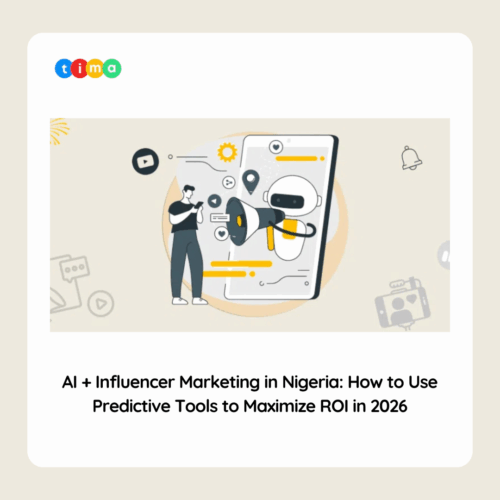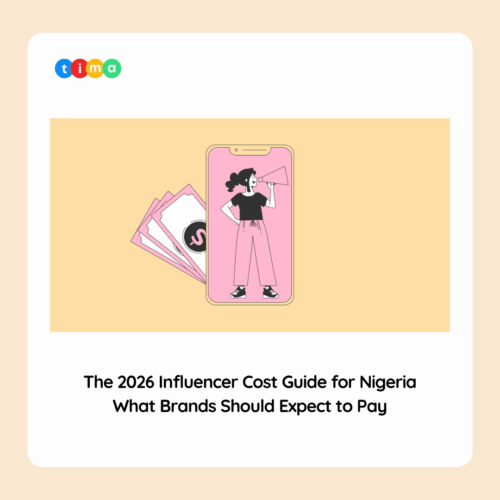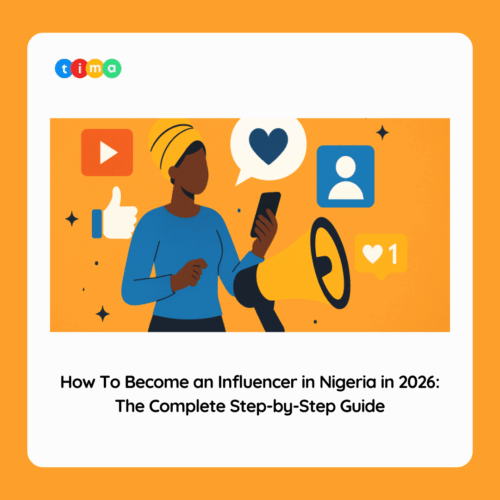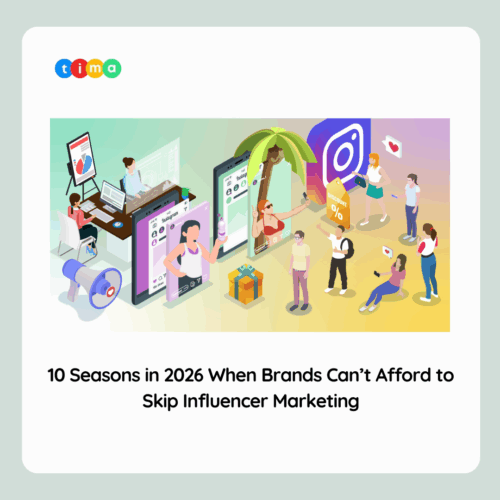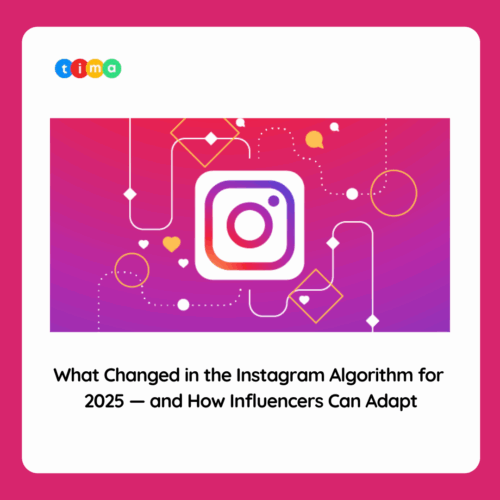Influencer marketing has emerged as a powerful strategy for brands to connect with their target audience. As we step into 2024, the dynamics of influencer marketing have undergone significant transformations, demanding brands adopt innovative approaches for scaling their impact. This article delves into the concept of delivering ‘niche at scale’ through influencer marketing, offering insights and strategies for brands looking to maximize their influence in 2024.

The Evolution of Influencer Marketing
In recent years, influencer marketing has shifted from being a trendy experiment to an integral component of many brands’ marketing strategies. Consumers, especially the younger demographics, crave authenticity and connection. Influencers, with their engaged followers and genuine content, provide a bridge between brands and consumers.
The key to successful influencer marketing lies in delivering a ‘niche at scale.’ In simpler terms, it’s about maintaining the authenticity and specificity of the brand’s message while reaching a wider audience. This concept becomes even more critical in 2024 as the influencer marketing space becomes increasingly crowded, necessitating brands to stand out amidst the noise.

Identifying and Understanding the Niche
To effectively deliver ‘niche at scale,’ brands must start by identifying and understanding their niche. This involves a deep dive into the target audience’s preferences, behaviors, and interests. The more specific the niche, the more tailored the influencer marketing strategy can be.
This year, tools powered by artificial intelligence (AI) play a pivotal role in this process. Advanced analytics can sift through vast amounts of data to pinpoint niche markets and identify influencers who resonate with those audiences. This level of precision ensures that brands are not only reaching a large audience but are doing so with a message that genuinely connects with the intended consumers.

Leveraging Micro-Influencers for Personalized Impact
While macro-influencers still have a place in influencer marketing, the trend in 2024 leans heavily towards micro-influencers. These individuals may have a smaller following compared to macro-influencers, but they often boast higher engagement rates and a more authentic connection with their audience.
Micro-influencers are typically experts or enthusiasts within a specific niche, allowing brands to tap into highly targeted markets. Leveraging a network of micro-influencers enables brands to maintain a personalized approach, fostering trust and authenticity at scale. It’s not about the sheer number of followers but the depth of the connection between the influencer and their audience.

Diversifying Platforms for Maximum Reach
As social media platforms continue to evolve, so should influencer marketing strategies. In 2024, brands need to diversify their approach by leveraging a variety of platforms. While Instagram and TikTok may dominate, emerging platforms or niche networks might offer untapped opportunities.
Understanding the demographics and preferences of each platform is crucial for delivering ‘niche at scale.’ Tailoring content based on platform-specific nuances ensures that the brand message is not only seen by a larger audience but is also well-received within each unique community.

Investing in Long-Term Relationships
In 2024, influencer marketing is not just a one-off collaboration; it’s about building long-term relationships. Brands should move away from transactional partnerships and focus on cultivating authentic connections with influencers. Long-term collaborations allow influencers to become genuine advocates for the brand, creating a consistent and trustworthy presence in the eyes of their followers.
Moreover, a sustained relationship enables brands to evolve their messaging over time, adapting to changing market trends and consumer preferences. This agility is crucial for staying relevant and maintaining the ‘niche’ appeal even as the brand scales.

Integrating User-Generated Content (UGC) Strategies
User-generated content has become a cornerstone of successful influencer marketing. Encouraging influencers and their followers to create and share content related to the brand adds an extra layer of authenticity. UGC not only amplifies the brand message but also leverages the creativity and individuality of the community.
This year, brands should actively involve influencers and their audience in content creation. This collaborative approach not only strengthens the bond between the brand and its community but also provides a continuous stream of diverse and relatable content for marketing purposes. It’s a vital technique to scale with influencer marketing in 2024.

Utilizing Advanced Analytics for Performance Measurement
The ability to measure the performance of influencer marketing campaigns has become increasingly sophisticated with the integration of advanced analytics. In 2024, brands have access to real-time data that goes beyond vanity metrics like likes and shares. AI-powered analytics can provide insights into audience sentiment, conversion rates, and the overall impact on brand perception.
By leveraging these tools, brands can fine-tune their influencer marketing strategies on the fly. Understanding what works and what doesn’t allows for continuous optimization, ensuring that the ‘niche at scale’ approach remains effective in the ever-changing digital landscape.

Navigating Regulatory Challenges
As influencer marketing continues to mature, regulatory scrutiny has increased. Brands must navigate the evolving landscape of guidelines and regulations surrounding influencer partnerships. Transparent and authentic communication is key, with brands and influencers alike disclosing partnerships and sponsored content.
In 2024, brands should stay vigilant about compliance, ensuring that their influencer marketing campaigns align with local and global regulations. A proactive approach to transparency builds trust with the audience and protects the brand from potential legal issues.
Conclusion
In conclusion, delivering ‘niche at scale’ through influencer marketing in 2024 requires a strategic and adaptive approach. Brands must embrace the evolution of influencer marketing, leveraging advanced technologies, fostering long-term relationships, and staying attuned to the changing dynamics of social media platforms. By understanding and connecting with the niche audience on a personal level, brands can scale their influence authentically, ensuring a lasting impact in the competitive world of digital marketing.



